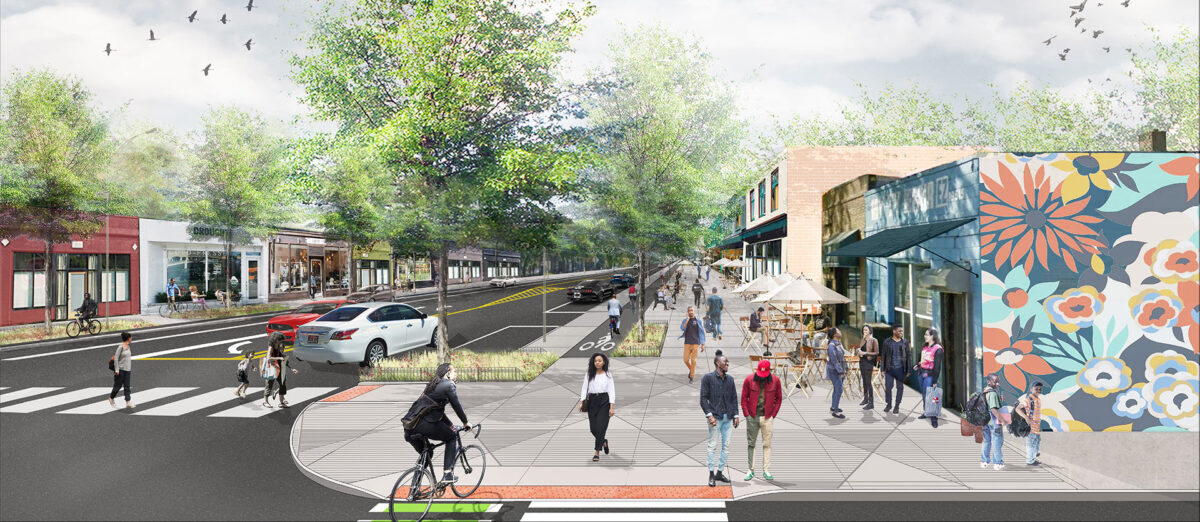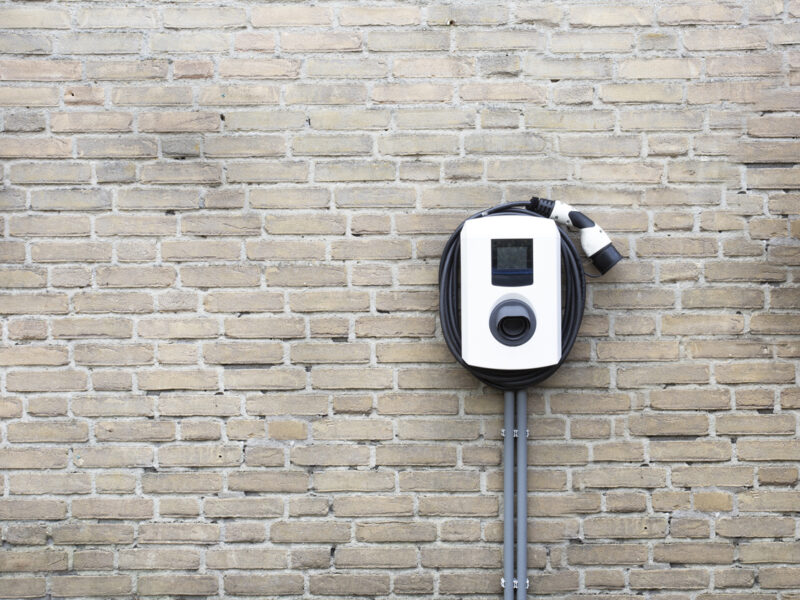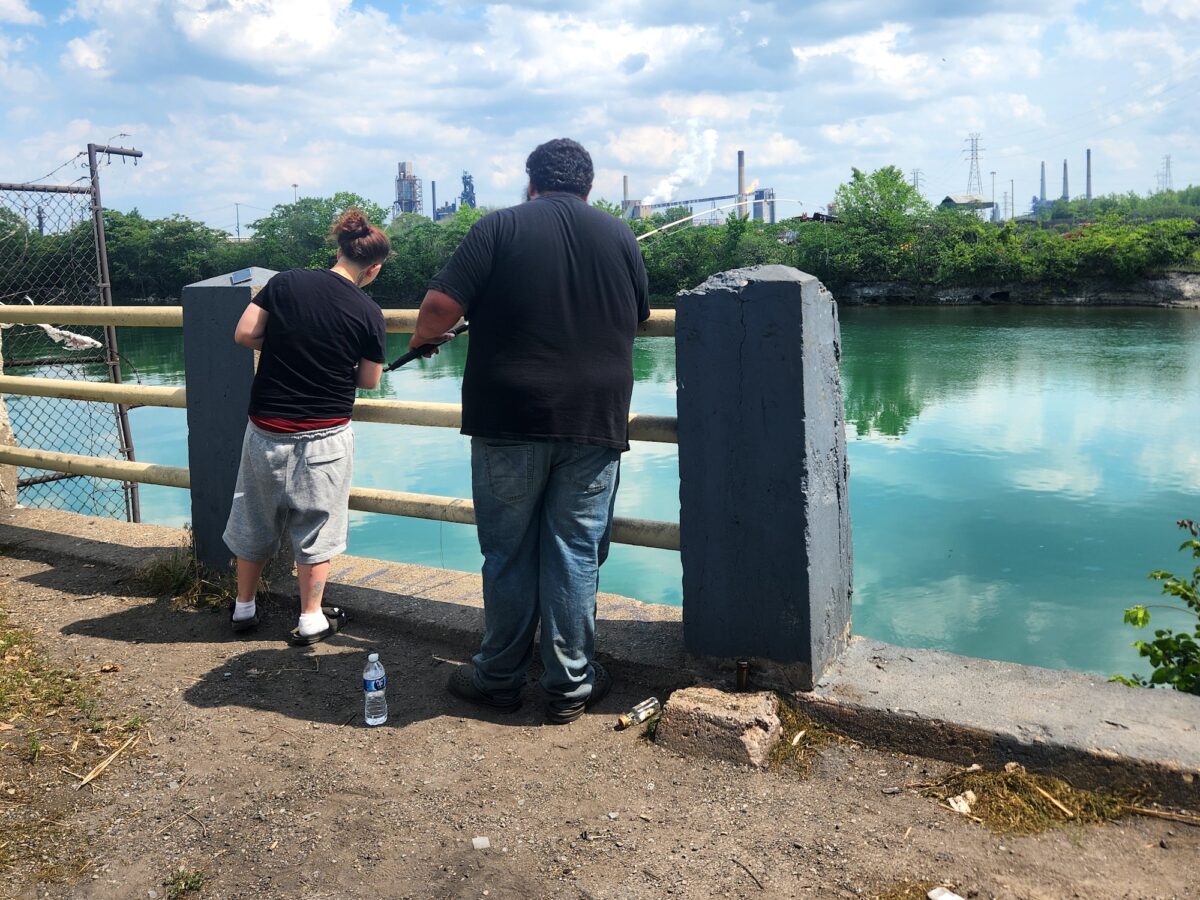Overview:
- Complete Streets can improve the physical and mental health of Detroiters, says the executive director of the Detroit Greenways Coalition.
- 22% of residents do not have a vehicle.
- Detroit has one of the highest pedestrian fatality rates among U.S. cities.
We all want and deserve to live in safe, healthy communities. Complete Streets policies make communities and neighborhoods more livable by ensuring all people can get safely to where they need to go — work, school, the library, grocery stores, or parks. They also help people feel more connected to their neighbors, which improves quality of life.
Sounds like a great deal, right? Detroit has made an investment in complete streets through its Complete Streets team, which has a designated staff and works regularly on projects that make it safe for people to share the road with cars and trucks. But Detroit does not have a Complete Streets Ordinance, which would codify these policies and ensure the safety of everyone who uses the roads in our community.
Why does Detroit need Complete Streets?
• Detroit has disproportionately high rates of obesity, Type 2 diabetes, cancer and cardio-metabolic conditions, all of which have stress- and physical inactivity-related causes. By providing active transportation options like walking and biking, Complete Streets can improve physical and mental health.
• 22% of Detroit households don’t have vehicles, and the high cost of car ownership makes them unaffordable for many. Complete Streets provides more options for everyone to get where they need to go.
• Detroit has one of the highest pedestrian fatality rates among all U.S. cities. Factors have led to a major increase in road fatalities for motorists, bicyclists, and pedestrians. In recent years, these fatality numbers have continued to climb.
In addition, Complete Streets help reduce speeding without the need for police enforcement. They also improve economic development by making retail areas flourish through investments that make it easier for residents to access local businesses.
Why do we need a Complete Streets ordinance?
Our current administration, including the mayor and his administrative team, have done a great job of supporting complete streets projects that include sidewalks that connect to parks, public transportation and schools; roads that include designated and protected bike lanes; and streets that accommodate all people.
But what happens when there is a change in administration? How do we ensure that these policies — which help us safely be active and improve the quality of life for everyone — continue?
Several community organizations, including the Detroit Greenways Coalition and the American Heart Association, have tried to convince the Department of Public Works of the need for a Complete Streets ordinance, but without success.
That reluctance to codify this important policy need has been baffling many of us involved in the process. We know that there are fewer crashes involving walkers when streets have sidewalks. People, including parents with strollers, people with disabilities, children and older adults, need sidewalks and crosswalks to feel safe.
It is puzzling that a department charged with ensuring the safety of all who use the streets in our community would not want to discuss this important policy with community members.
Let’s work together to improve the quality of life and safety for everyone in our community through an honest and open discussion and work toward passing a Complete Streets Ordinance.
Planet Detroit’s Voices column includes opinion pieces from our community of partners and readers. These pieces express the voices of the authors and not necessarily those of the publication.
MORE PLANET DETROIT VOICES
VOICES: Michigan’s EV fee hike puts us at the top for all the wrong reasons
Higher electric vehicle registration fees undercut Michigan’s clean mobility strategy and send the wrong signal to businesses creating jobs in the state, writes the Ecology Center’s Charles Griffith.
VOICES: Finding fish and family tradition near Zug Island in the Rouge River’s industrial heart
It was a clear summer day, and so I decided to drive back from a meeting in Detroit to my Downriver home along the slower, more interesting Jefferson Avenue route, instead of the quicker I-75 one. Jefferson Avenue meanders along the Detroit River through industrial property and brownfield sites (former industrial or commercial properties where…
VOICES: EPA endangerment finding rollback ignores climate reality
The EPA’s rollback of the endangerment finding, a key ruling acknowledging greenhouse gases as a public health threat, dismisses scientific consensus and exacerbates health challenges for communities already facing climate change impacts, write Alexander Rabin and Lisa DelBuono.





